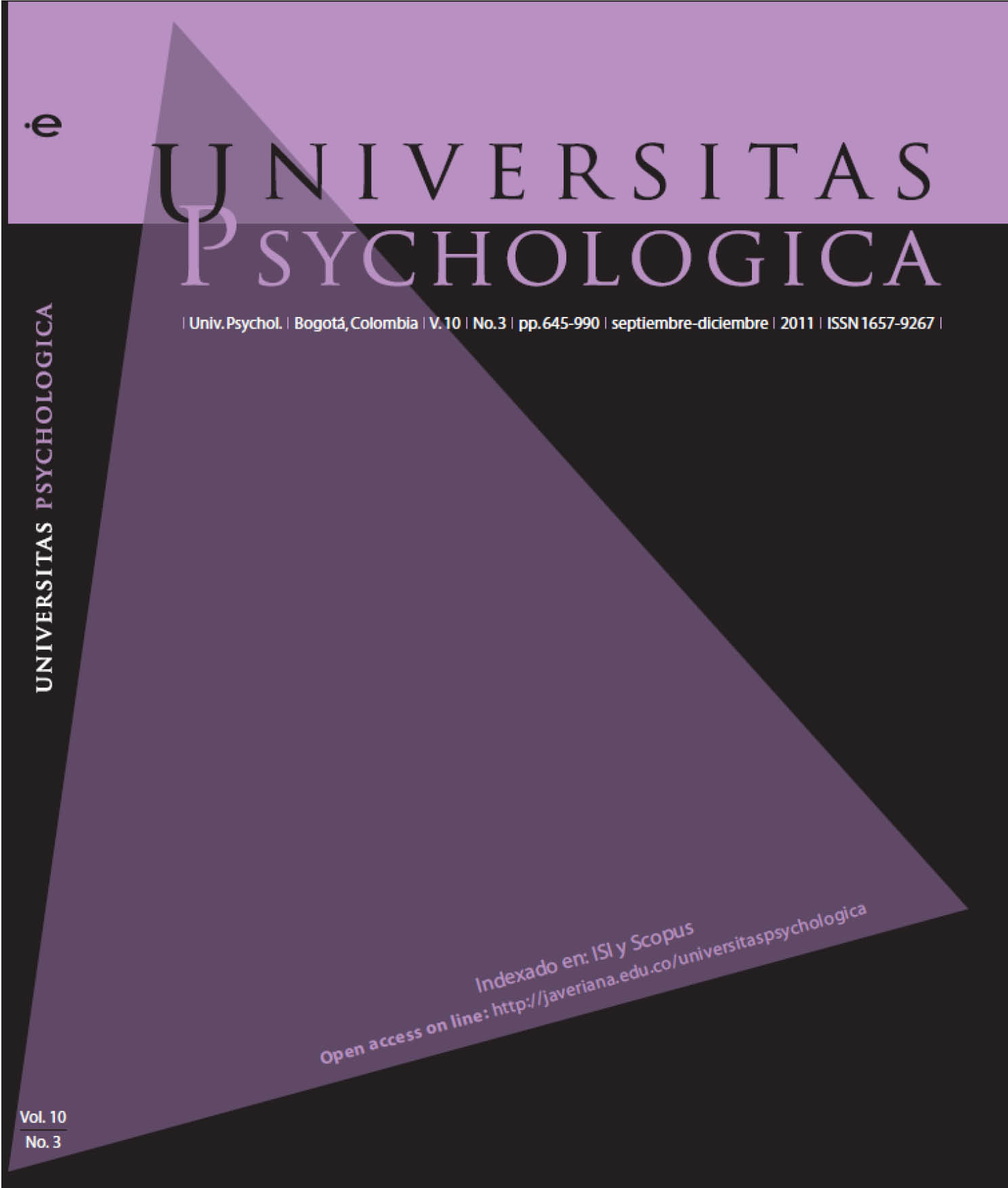Abstract
Background: The Geriatric Depression Scale (GDS), 5- and 15-item version, are useful for identify depressive symptoms among elder people. However, psychometric properties of a version of five items has not explored among Colombian elders. Objective: To study the internal consistency, factor structure and construct reliability of the GDS-15 and GDS-5. Method: A total of 105 Colombian people over 65 year-old participated. Internal consistency, construct reliability and exploratory factor analysis were computed. Results: The GDS-15 showed internal consistency of 0.78, construct reliability of 0.87 and two-dimensional structure. The GDS-5 exhibited internal consistency of 0.73, construct reliability of 0.83 and one-dimensional structure. Conclusions: The GDS-5 shows better psychometric properties than the GDS-15. It is needed to design a new and more reliability scale
This journal is registered under a Creative Commons Attribution 4.0 International Public License. Thus, this work may be reproduced, distributed, and publicly shared in digital format, as long as the names of the authors and Pontificia Universidad Javeriana are acknowledged. Others are allowed to quote, adapt, transform, auto-archive, republish, and create based on this material, for any purpose (even commercial ones), provided the authorship is duly acknowledged, a link to the original work is provided, and it is specified if changes have been made. Pontificia Universidad Javeriana does not hold the rights of published works and the authors are solely responsible for the contents of their works; they keep the moral, intellectual, privacy, and publicity rights. Approving the intervention of the work (review, copy-editing, translation, layout) and the following outreach, are granted through an use license and not through an assignment of rights. This means the journal and Pontificia Universidad Javeriana cannot be held responsible for any ethical malpractice by the authors. As a consequence of the protection granted by the use license, the journal is not required to publish recantations or modify information already published, unless the errata stems from the editorial management process. Publishing contents in this journal does not generate royalties for contributors.


